Papua New Guinea
Note: some of these files are very large in size so right click on them and choose “save as…” to download them to your computer for reading.
Reference
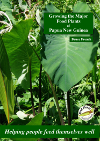
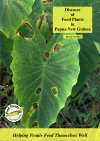
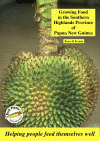
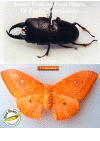
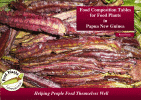
Reports

Pictorial
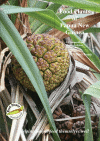
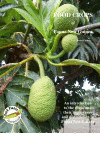
Growing the common food (PNG) Introduction
What is this book about?
Papua New Guinea has a beautiful range of plants that can be used for food. It is still true that many of these have not been written about properly. Many of the highly nutritious edible greens are simply called “kumu” and in many places are not highly regarded. Often these plants are grown throughout the tropics and are of worldwide importance. But because they lack a name in English they also often don’t have one in Tok Pisin and few books discuss them.
This book is going to talk about growing food in Papua New Guinea. Not everybody in the country grows and eats the same foods. Neither do they grow them or use them in the same way. Many of the more traditional food plants have lots of different names in different Tok Ples languages. It is hoped the drawings and descriptions will be enough to help you to work out the plant that is being described. Scientists give every plant a name in the Latin language. This is included so that we can know exactly which plant is being talked about. This name stays the same whatever country or whatever language is being used. So these names look hard but they are very useful. Sometimes Tok Pisin or Tok Ples names are included.
Most of the food plants people grow and use are very good food plants. They are something about which people should be proud. They are something about which we all should take a special interest.
This book is dedicated to those who still seek to fulfil what God asked in Genesis 2:15.
“The LORD God took the man
and put him in the Garden of Eden
to work it and take care of it.”

[Back to top]
